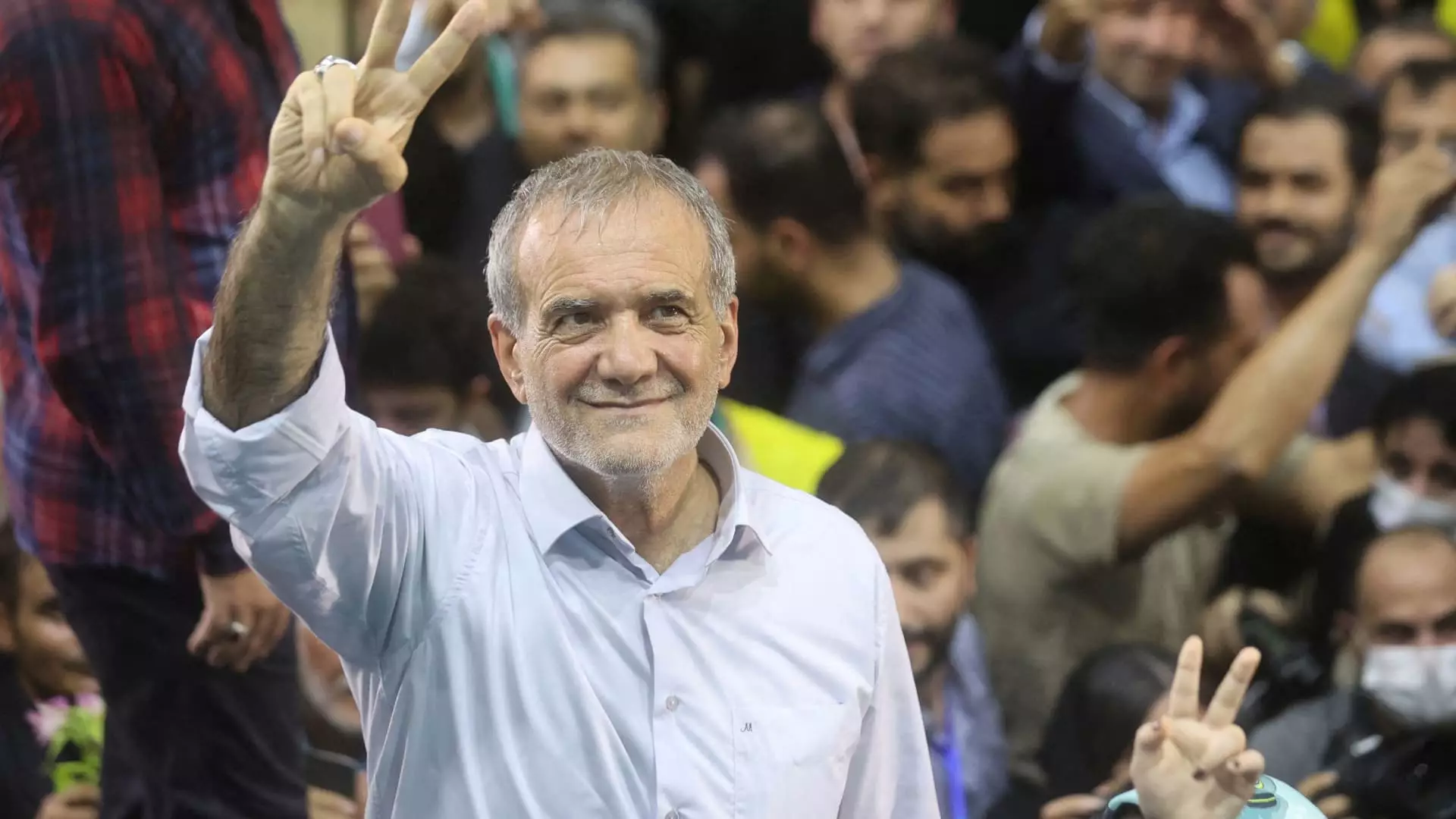In a surprising turn of events, Masoud Pezeshkian was elected to the presidency of Iran, securing 16.3 million votes and defeating his hard-line right-wing rival, Saeed Jalili. Despite being labeled as a “token reformist” and a “second-tier candidate” with little name recognition, Pezeshkian managed to emerge victorious in a field of staunchly conservative contenders. This unexpected victory came at a time of deep social discontent, economic hardship, and regional war in Iran.
Masoud Pezeshkian, a 69-year-old former minister of health under Iran’s last reformist president, Mohammad Khatami, is seen as a moderate candidate. He has the support of Khatami and other reformist politicians and has been a member of parliament since 2008. Pezeshkian aims to loosen social restrictions, such as Iran’s strict hijab law, and improve relations with the West. He has expressed interest in potentially restarting nuclear talks with world powers, signaling a shift towards diplomacy.
As the newly elected president of Iran, Pezeshkian faces a myriad of challenges. The country of 88 million people has been grappling with a battered economy, high inflation, and harsh crackdowns on dissent. Furthermore, Iran is under heavy Western sanctions and faces mounting tensions with the U.S. over its nuclear enrichment activities and involvement in regional conflicts. Pezeshkian will also have to navigate the complex power dynamics within Iran, where the ultimate authority lies with the supreme leader and unelected institutions like the Revolutionary Guards.
While the Iranian president has some influence over foreign policy and serves as the country’s public-facing messenger, the real power and critical decision-making rest with the supreme leader and other influential bodies. Despite Pezeshkian’s victory and potential for diplomatic engagement and progressive policies, significant change in Iran’s political landscape is unlikely. The overarching power structures and strategic imperatives will continue to shape Iran’s policies, making any transformation gradual and incremental.
Iran’s election followed the unexpected death of former President Ebrahim Raisi in a helicopter crash. The election process in Iran is characterized by limited freedom and fairness, as the ultra-conservative Guardian Council decides who is allowed to run for the presidency. Out of 80 registrants, only six candidates were approved, with all female candidates being disqualified. This lack of genuine choice for voters led to boycott pledges by many eligible Iranians, highlighting the restrictive nature of the electoral process.
Masoud Pezeshkian’s victory in Iran’s presidential election represents a shift towards moderation and potential diplomatic engagement. However, the challenges he faces, both domestically and internationally, are substantial. The power dynamics within Iran, coupled with external pressures such as Western sanctions and regional conflicts, will shape the extent of change that Pezeshkian can bring about during his tenure. As Iran navigates these complexities, the world will be closely watching to see how the new president handles the myriad challenges ahead.


Leave a Reply